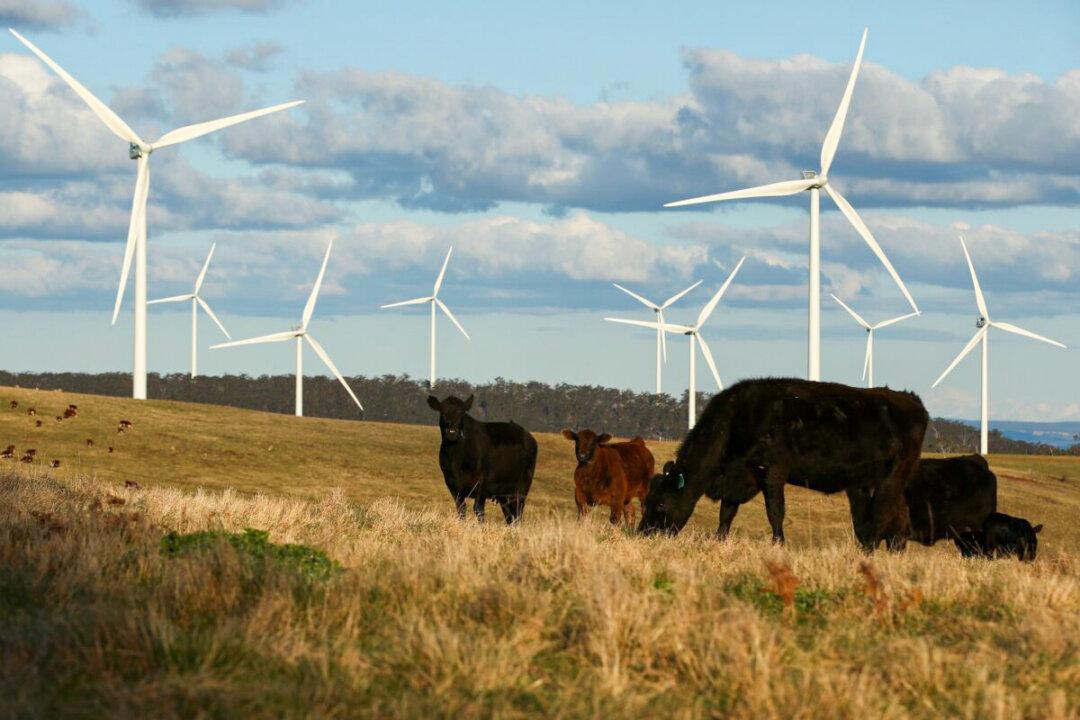Over 40 million tonnes of “blade waste” will need to be disposed of worldwide by 2050, spurring engineering and manufacturing experts to call on governments to implement “end of life” plans for the plethora of wind farms now emerging across developed countries.
A new study involving Professor Peter Majewski from the University of South Australia has found that Australia will need to find a way to dispose of “tens of thousands” of wind turbine blades by the end of this decade, particularly as the state and federal governments continue to push for more ambitious net-zero targets.





